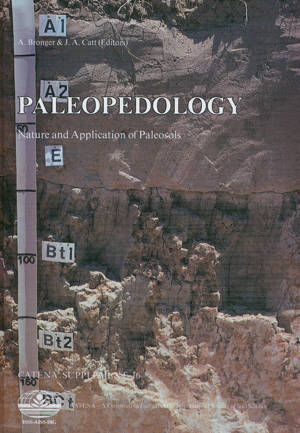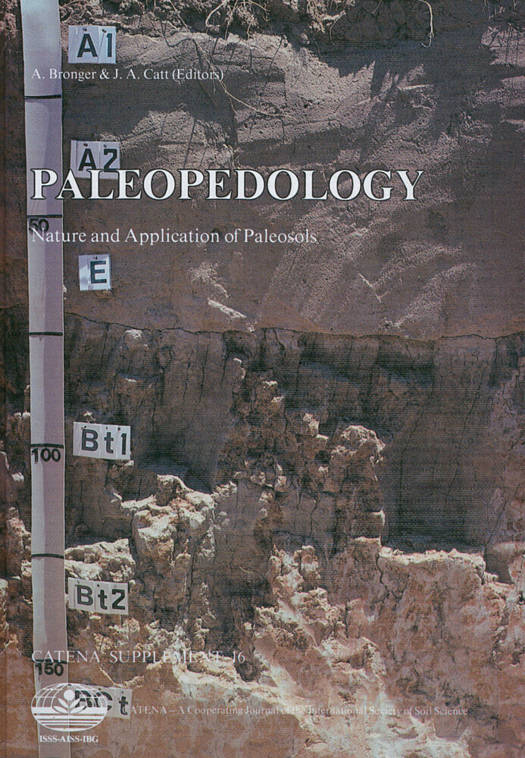
- Afhalen na 1 uur in een winkel met voorraad
- Gratis thuislevering in België vanaf € 30
- Ruim aanbod met 7 miljoen producten
- Afhalen na 1 uur in een winkel met voorraad
- Gratis thuislevering in België vanaf € 30
- Ruim aanbod met 7 miljoen producten
Zoeken
€ 69,95
+ 139 punten
Omschrijving
This volume contains a selection of invited papers dealing with the recognition, interpretation and various applications of paleosols. The term paleosol (Greek palaios = ancient, + Latin solum = ground) is now widely used either for a soil "formed in a landscape of the past" (Ruhe 1956, Yaalon 1971) or formed under changing environmental conditions, notably climatic and associated vegetation changes. These definitions allow the inclusion of not only buried or fossil (Latin fossilis = dug up) soils, but also relict soils, which began forming when soil-forming conditions were different from those of the present but are still close enough to the ground surface to continue developing today.
Specificaties
Betrokkenen
- Uitgeverij:
Inhoud
- Aantal bladzijden:
- 232
- Taal:
- Engels
- Reeks:
- Reeksnummer:
- nr. 16
Eigenschappen
- Productcode (EAN):
- 9783510653577
- Uitvoering:
- Hardcover
- Afmetingen:
- 170 mm x 240 mm
- Gewicht:
- 710 g

Alleen bij Standaard Boekhandel
+ 139 punten op je klantenkaart van Standaard Boekhandel
Beoordelingen
We publiceren alleen reviews die voldoen aan de voorwaarden voor reviews. Bekijk onze voorwaarden voor reviews.







